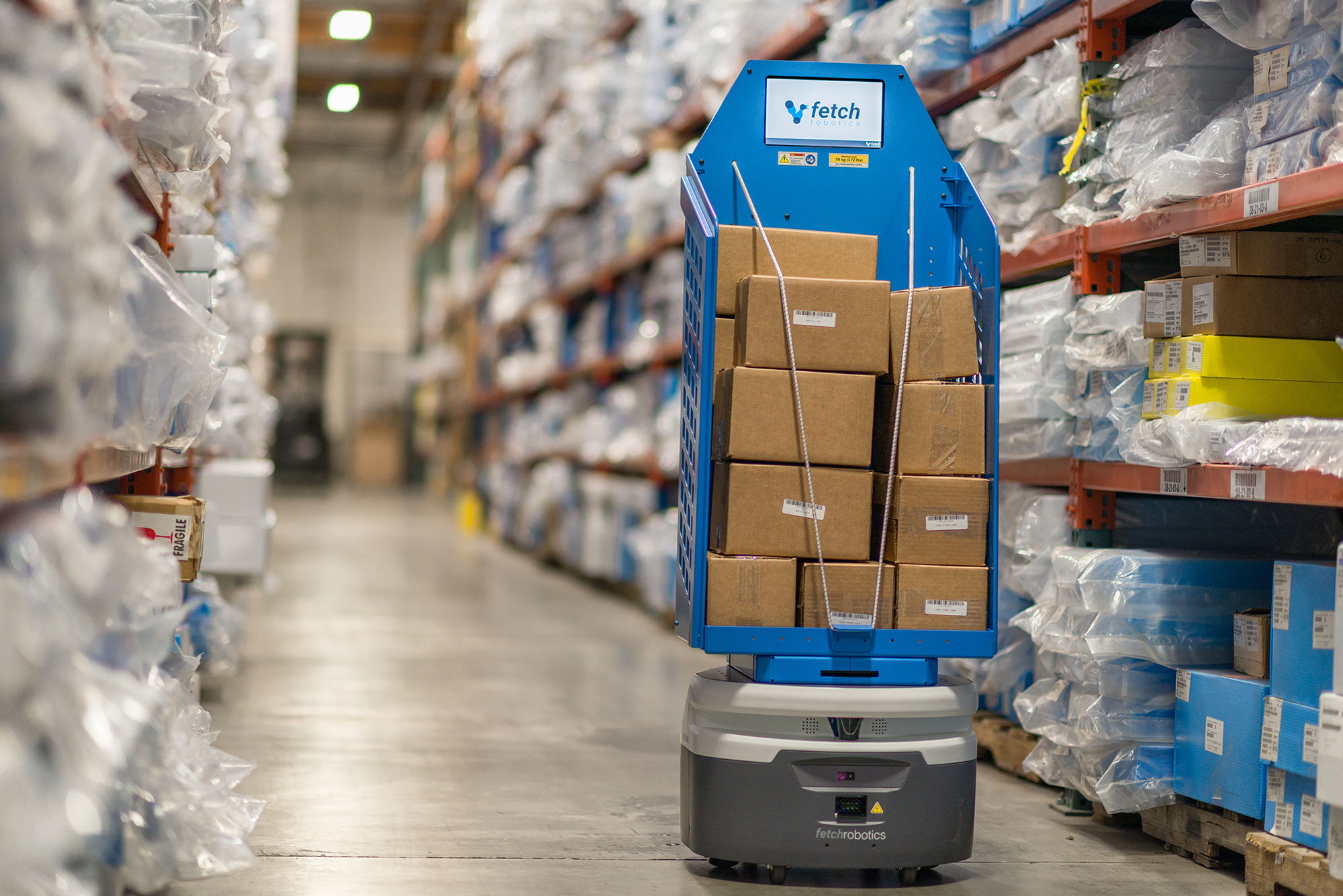
5 Effective Strategies to Boost Manufacturing Operational Productivity
In today’s competitive manufacturing landscape, improving productivity is crucial for businesses to stay ahead. By optimizing operations and maximizing efficiency, manufacturers can increase output, reduce costs, and enhance overall profitability. In this article, we will explore five effective strategies that manufacturers can implement to improve the productivity of their operations.
In this article:
-
Adopting Lean Manufacturing Principals
-
Embracing Automation and Technology
-
Implementing Effective Supply Chain Management
-
Investing in Workforce Development
-
Utilizing Real-Time Data and Analytics
Key Takeaways:
-
Lean manufacturing principles and engaging employees in continuous improvement initiatives enable manufacturers to create a culture of efficiency and productivity that drives long-term success.
-
Embracing automation and technology, manufacturers can unlock higher levels of productivity, achieve consistent quality, and optimize resource allocation.
-
Adopting advanced supply chain technologies such as enterprise resource planning (ERP) systems, demand planning software, and warehouse management systems (WMS) can further optimize supply chain management.
-
By monitoring key performance indicators (KPIs) in real-time, manufacturers can identify opportunities for process optimization, monitor progress, and measure the impact of improvement efforts.
1. Adopt Lean Manufacturing Principals
Lean manufacturing is a systematic approach that focuses on eliminating waste, reducing variability, and continuously improving processes. By adopting lean principles, manufacturers can streamline operations, enhance productivity, and drive cost savings. For example, implementing value stream mapping helps identify areas of waste and inefficiency, allowing for targeted improvements. Techniques like the 5S methodology promote workplace organization, minimizing time spent searching for tools or materials. Kaizen events involve cross-functional teams in problem-solving activities, leading to process optimization and productivity gains.
Lean Manufacturing Principals:
-
Value: The first step in improving productivity through lean manufacturing is understanding what is valuable to the customer. By aligning the product or service with the customer’s needs, manufacturers can eliminate unnecessary work and components, creating a streamlined and efficient process.
-
Value Stream Mapping: Visualizing the entire production process through value stream mapping allows managers to identify waste and areas for improvement. By analyzing each step in the value stream, manufacturers can eliminate bottlenecks, optimize workflows, and reduce lead times, ultimately improving productivity.
-
Create Flow: Improving the flow of work within the value stream is a key aspect of lean manufacturing. By optimizing the sequence and timing of tasks, manufacturers can minimize interruptions, reduce idle time, and create a smooth and continuous workflow. This leads to shorter production lead times, improved efficiency, and increased productivity.
-
Pull System: Implementing a pull system is essential for just-in-time production. Rather than starting new work based on a schedule or forecast, the pull system initiates new tasks only when there is actual customer demand. This approach helps prevent overproduction, reduces inventory levels, and ensures resources are utilized efficiently.
-
Continuous Improvement: A core principle of lean manufacturing is the commitment to continuous improvement. By regularly using techniques like value stream mapping and other lean tools, manufacturers can identify and eliminate waste on an ongoing basis. This continuous improvement mindset fosters a culture of innovation, efficiency, and productivity.

To illustrate the impact of lean manufacturing, consider a manufacturing facility that implements lean principles in its assembly line. By eliminating unnecessary movements, optimizing workstations, and implementing visual management techniques, a company is able to reduce production cycle times by up to 20% on average. This improvement translates to increased output, shorter lead times, and higher overall productivity.
By embracing lean manufacturing principles and engaging employees in continuous improvement initiatives, manufacturers can create a culture of efficiency and productivity that drives long-term success.
2. Embrace Automation and Technology
Automation and technology play a pivotal role in streamlining manufacturing processes and driving productivity gains. By integrating automated systems, manufacturers can reduce manual labor, minimize errors, and optimize production cycles. For example, deploying robotics in assembly lines can accelerate manufacturing processes, improve precision, and increase output. Automated data collection systems, such as barcode scanners and RFID solutions, enhance inventory accuracy, reduce cycle times, and enable real-time tracking of materials.
Current Automation Trends in Manufacturing:

Consider a manufacturing plant that embraces automation and technology by implementing an autonomous mobile robot (AMR) system. AMRs efficiently transport materials between different production stations, reducing the need for manual material handling and improving overall efficiency. Additionally, the plant implements a real-time monitoring system that captures machine performance data, enabling predictive maintenance and minimizing downtime.
By embracing automation and technology, manufacturers can unlock higher levels of productivity, achieve consistent quality, and optimize resource allocation. It empowers businesses to streamline processes, reduce costs, and gain a competitive edge in the market.
3. Implement Effective Supply Chain Management
A well-optimized supply chain is the backbone of efficient manufacturing operations. By implementing effective supply chain management practices, manufacturers can streamline their procurement, production, and distribution processes, leading to improved productivity. One way to achieve this is by establishing strong supplier relationships and implementing just-in-time (JIT) inventory management. By working closely with reliable suppliers and receiving materials and components precisely when needed, manufacturers can minimize inventory holding costs, reduce waste, and improve overall efficiency.
For example, a manufacturing company can implement collaborative planning, forecasting, and replenishment (CPFR) with key suppliers. By sharing demand forecasts and production schedules, both parties can align their operations more effectively, resulting in reduced lead times, improved on-time deliveries, and optimized inventory levels. This collaborative approach enhances supply chain visibility, fosters better communication, and ultimately improves overall operational productivity.
Additionally, adopting advanced supply chain technologies such as enterprise resource planning (ERP) systems, demand planning software, and warehouse management systems (WMS) can further optimize supply chain management. These technologies provide real-time data and analytics, enabling manufacturers to make informed decisions, manage inventory effectively, and respond quickly to changes in demand or supply.
4. Invest in Workforce Development
Giving your workforce the knowledge and tools they need to be successful plays a vital role in driving operational productivity. By investing in workforce development initiatives, manufacturers can enhance employee skills, improve job satisfaction, and foster a culture of continuous improvement. One of the most effective approaches is to provide comprehensive training programs that address both technical skills and soft skills.
For example, a manufacturing company can offer specialized technical training programs to equip employees with the necessary skills to operate advanced machinery or utilize new technologies. This can include training on specific manufacturing processes, programming software, or equipment maintenance. By ensuring that employees are proficient in their respective roles, manufacturers can minimize errors, reduce downtime, and optimize production output.
Investing in soft skills development is equally important. Effective communication, problem-solving, and teamwork are essential for a productive and harmonious work environment. Manufacturers can conduct workshops or provide resources for employees to enhance their interpersonal and leadership skills. These skills contribute to a more efficient and collaborative workforce, leading to improved operational performance.
Furthermore, implementing performance evaluation systems and providing opportunities for career advancement can motivate employees and increase their commitment to achieving operational excellence. Recognition programs, skill-based promotions, and cross-training initiatives are examples of effective workforce development strategies that boost productivity and drive continuous improvement.

5. Utilize Real-Time Data and Analytics
Harnessing the power of real-time data and analytics can provide manufacturers with valuable insights into their operations, enabling them to make data-driven decisions and optimize productivity. By integrating connected devices and sensors throughout the manufacturing process, manufacturers can collect and analyze real-time data on various operational parameters.
For example, by implementing an Internet of Things (IoT) solution, manufacturers can capture data on machine performance, energy consumption, product quality, and other key metrics. This data can be analyzed in real-time to identify inefficiencies, bottlenecks, and areas for improvement. With this information at their fingertips, manufacturers can make informed decisions to streamline processes, reduce waste, and enhance overall productivity.
Advanced analytics tools and machine learning algorithms can help manufacturers identify patterns and trends in the data, enabling predictive maintenance and proactive decision-making. For instance, by analyzing historical data, manufacturers can predict equipment failures and schedule maintenance activities before a breakdown occurs. This proactive approach minimizes unplanned downtime and ensures smooth operations.
Real-time data and analytics also facilitate continuous improvement initiatives such as Lean Six Sigma methodologies. By monitoring key performance indicators (KPIs) in real-time, manufacturers can identify opportunities for process optimization, monitor progress, and measure the impact of improvement efforts. This data-driven approach allows manufacturers to implement targeted changes, drive operational efficiency, and achieve higher productivity levels.
10 Important Manufacturing KPIs:
-
Production Volume
-
Production Downtime
-
Production Costs
-
Production Schedule Attainment
-
Total Cycle Count
-
Throughput
-
Overall Equipment Effectiveness
-
Planned Maintenance
-
On-Time Delivery
-
Profit Per Employee

Take Action Today!
Improving operational productivity is a constant pursuit for manufacturers aiming to thrive in a competitive market. By embracing lean manufacturing practices, leveraging advanced automation technologies, utilizing data-driven decision-making, optimizing the supply chain, and prioritizing employee empowerment, manufacturers can achieve significant gains in productivity and stay ahead of the curve. By strategically implementing these five strategies, manufacturers can drive operational excellence, enhance efficiency, and achieve sustainable growth in today’s dynamic manufacturing landscape. Take action today and Contact a ValuTrack Technology Specialist to learn more about how we can help you implement strategies to boost the productivity of your manufacturing operations.











